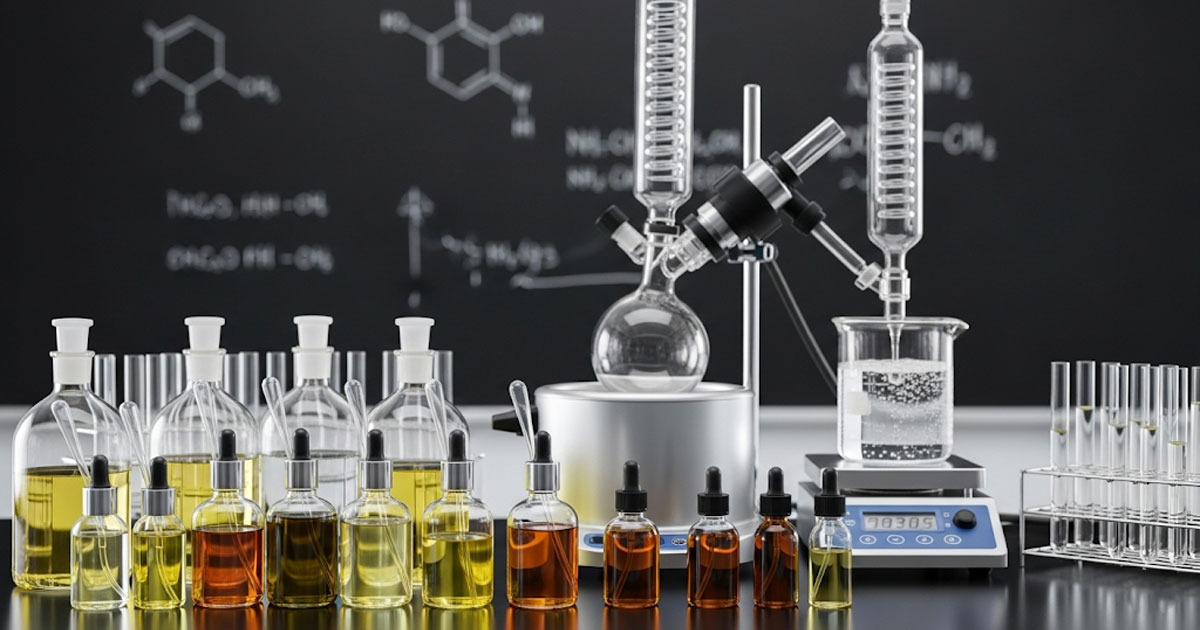The Rise of Alcohol-Free Body Perfumes
Over the past decade, a noticeable shift in consumer preference has emerged in the global fragrance industry: the growing demand for alcohol-free body perfumes. Traditionally, ethyl alcohol has served as a primary solvent in perfumes, aiding in rapid evaporation and delivering top notes effectively.
However, a new generation of consumers particularly those with sensitivities, ethical concerns, or religious considerations is prompting perfumers to rethink conventional formulations. This trend reflects deeper changes in the personal care market.
Consumers are no longer just seeking appealing scents; they are evaluating ingredient transparency, skin compatibility, and sustainability. Alcohol-free perfumes, often formulated with water-based or oil-based carriers, are positioned as gentler alternatives for individuals with dry or reactive skin. Additionally, they appeal to segments observing halal, vegan, or clean beauty standards.
Brands catering to this shift are investing heavily in R&D to match the performance of traditional Eau de Parfum with non-alcoholic bases. This innovation is critical in maintaining olfactory quality while ensuring the formulation aligns with evolving consumer values.
Understanding the Driving Forces Behind the Shift
Skin Sensitivity and Wellness Concerns
One of the most prominent reasons behind the shift toward alcohol-free perfumes is growing awareness of skin health. Alcohol, while effective as a solvent, can cause dryness or irritation, particularly for users with sensitive or allergy-prone skin. As skin-friendly formulations gain traction in other categories like skincare and cosmetics, fragrance products are expected to follow suit.
The wellness industry’s influence also cannot be overlooked. Clean beauty advocates highlight alcohol as a potential irritant and push for more naturally derived alternatives. Water-based and oil-based perfumes often come with fewer volatile organic compounds (VOCs), which are better suited for enclosed environments and daily use.
Religious and Cultural Considerations
In Muslim-majority countries and among Muslim consumers globally, alcohol-free perfumes are increasingly preferred due to religious guidelines around alcohol usage. This has created a significant market opportunity for brands offering halal-certified body perfumes that avoid ethyl alcohol entirely.
Similarly, in regions with strict import regulations on alcohol-containing cosmetics, alcohol-free variants enjoy fewer legal restrictions. This advantage makes them more appealing to multinational fragrance houses looking to expand into emerging markets in the Middle East, Southeast Asia, and Africa.
Product Innovation and Market Adaptation
Reformulating Without Compromising Scent Quality
The absence of alcohol in a perfume base presents formulation challenges, particularly in maintaining fragrance projection, longevity, and evaporation behavior. Alcohol’s volatility helps disperse scent molecules effectively, creating that initial burst of aroma that consumers expect.
Without it, perfumers must rely on alternative technologies to ensure the scent performs consistently throughout the wear period. Advanced emulsification techniques and micro-encapsulation of aromatic compounds are among the innovations being explored.
Carrier oils like jojoba, fractionated coconut oil, or even glycerin are now being utilized to stabilize and deliver perfume notes with a more skin-nourishing effect. These ingredients also allow for slower scent release, which can provide a longer-lasting but subtler fragrance profile.
Branding and Consumer Education
As alcohol-free perfumes enter mainstream B2B and B2C channels, brands must work on educating both end-users and industry buyers about their benefits. Packaging, marketing, and sales strategies now highlight terms like “gentle on skin,” “dermatologist-tested,” and “halal-friendly” to build credibility and trust.
Moreover, fragrance houses must collaborate with raw material suppliers to ensure that every component meets certification standards. Transparency around formulation is becoming a key differentiator in a crowded market, especially in the premium and niche segments.




